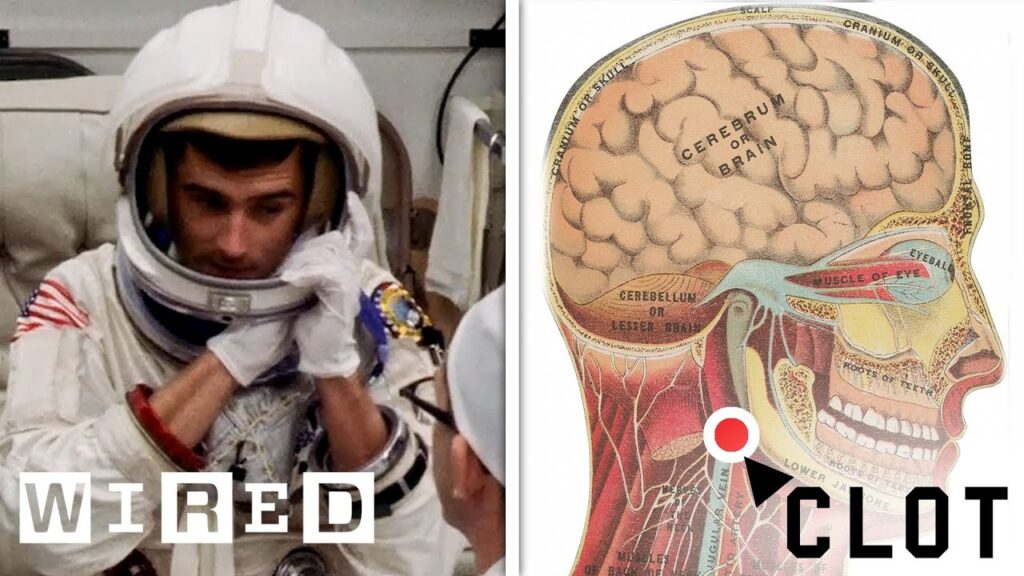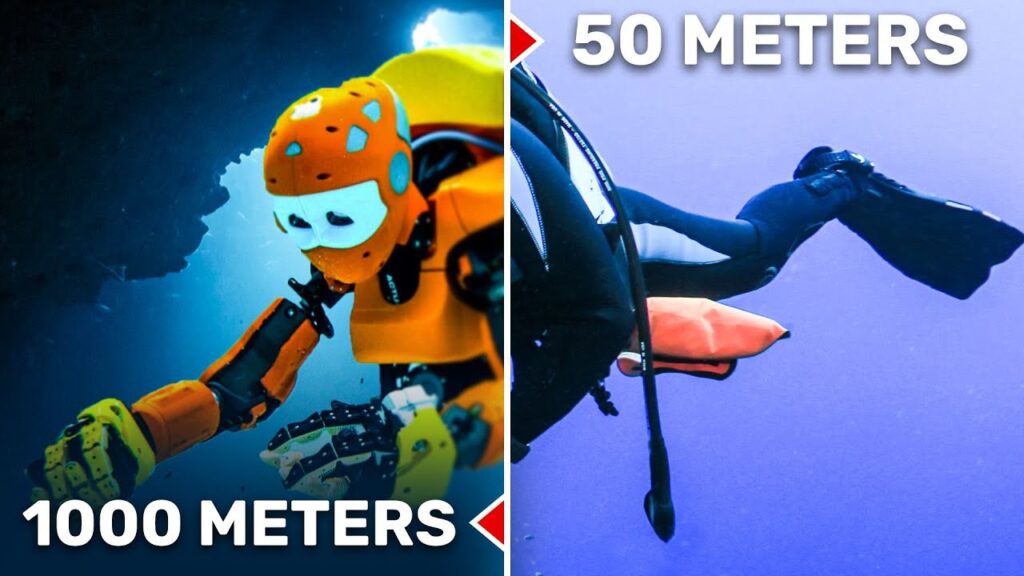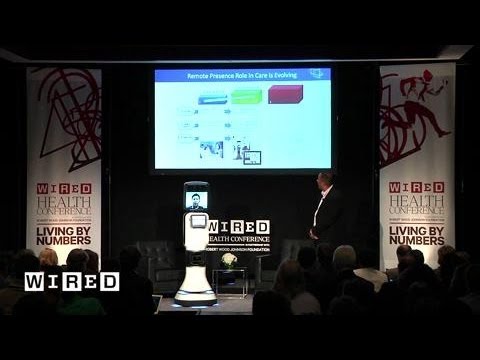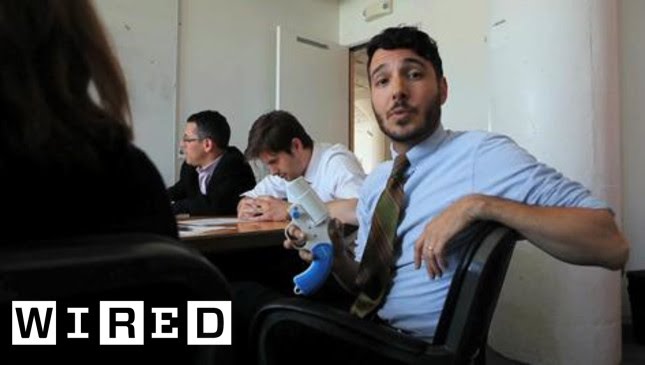Why Vegan Cheese isn’t like Animal-based Cheese: Exploring the Science Behind the Differences
Summary
The world of vegan cheese has come a long way since its debut, but there is still no plant-based cheese that can melt, stretch, bubble, and brown like traditional cheese. The reason for this is because of a protein called casein, which is found only in the milk of mammals. However, two startups are approaching the problem in unique ways – one using a fungal strain to create casein and the other using precise fermentation with microbes to create a melt and stretchy mozzarella. While there is still an emotional response people have towards traditional cheese, the use of microbes to produce dairy products can significantly reduce the need for land and water, making it a technology of the future.
Table of Contents
- What is the problem with vegan cheese?
- What is casein and why is it unique?
- How are startups trying to create a plant-based cheese that can melt and stretch?
- Will people be willing to switch to plant-based alternatives?
- Can using microbes to produce dairy products be more sustainable?
What is the problem with vegan cheese?
The problem with vegan cheese is that there is no great plant-based cheese that can melt, stretch, bubble, and brown like traditional cheese. While there have been significant improvements in the taste and creativity of vegan cheese, it still doesn’t act as we expect it to. And the reason for this is because it is extremely challenging, if not impossible, to mimic or replace the unique protein found only in the milk of mammals, called casein. However, this hasn’t deterred two startups from tackling the problem in different ways.
What is casein and why is it unique?
Casein is a protein that is found exclusively in the milk of mammals. This protein has an unusual structure that makes it very challenging to mimic or replace with plant-based proteins or other ingredients. Each protein molecule by itself has an undefined structure, and it is not clear how they behave or aggregate or what their actual shape or form is. This is what makes casein unique compared to any other protein. It also explains why there is no great plant-based cheese that can act like animal-based cheese.
How are startups trying to create a plant-based cheese that can melt and stretch?
Two startups are trying to create a plant-based cheese that can melt and stretch. The first is the Belgium-based Those Vegan Cowboys, which is using a fungal strain to create casein. They have started a bounty hunt worldwide call for a fungal strain that feeds on grass and makes casein without the co. They are offering a bounty of 2.5 million euro for the best fungal strain. Using a fungal system can be more efficient in producing heterologous proteins and can reach higher concentrations than bacterial cultures. The second startup, New Culture in San Francisco, is focusing on making a melt and stretchy mozzarella using precise fermentation with microbes. Precision fermentation focuses on making microbes produce predominantly one ingredient, the casein protein, by feeding the microbes on sugar. The vegan mozzarella is not on the market yet, but it promises to have the same melt and stretch as cow’s milk mozzarella.
Will people be willing to switch to plant-based alternatives?
There is an emotional response people have to traditional cheese, which is seen as an indulgence product, while milk and yogurt are functional or health products. People preferentially do not want to compromise, but by using microbes to produce dairy products, it significantly reduces the need for land and water. Large-scale animal farming, mostly cow-based, imposes a significant need for land and water, and using microbes to produce dairy products can significantly reduce this need. People can have the product they love to eat, but in a more sustainable way without animal products.
Can using microbes to produce dairy products be more sustainable?
Using microbes to produce dairy products can be more sustainable than traditional animal-based farming. Growing animal requires a lot of land and water to be used, while using microbes to produce dairy products requires only a fraction of the land and water needed for traditional dairy products. This makes it a technology of the future that can potentially replace traditional animal-based farming, which has many problems in the industry.







